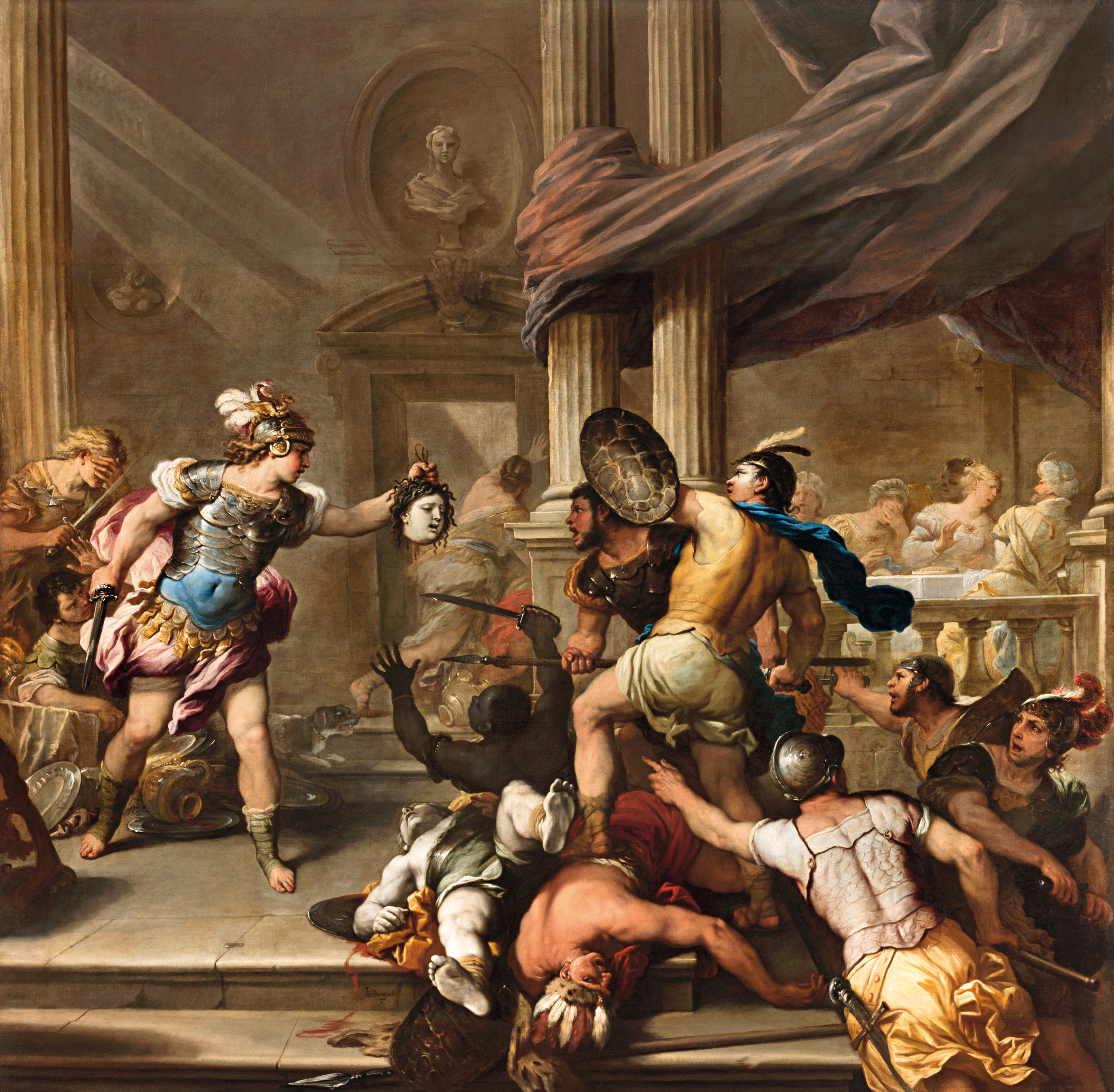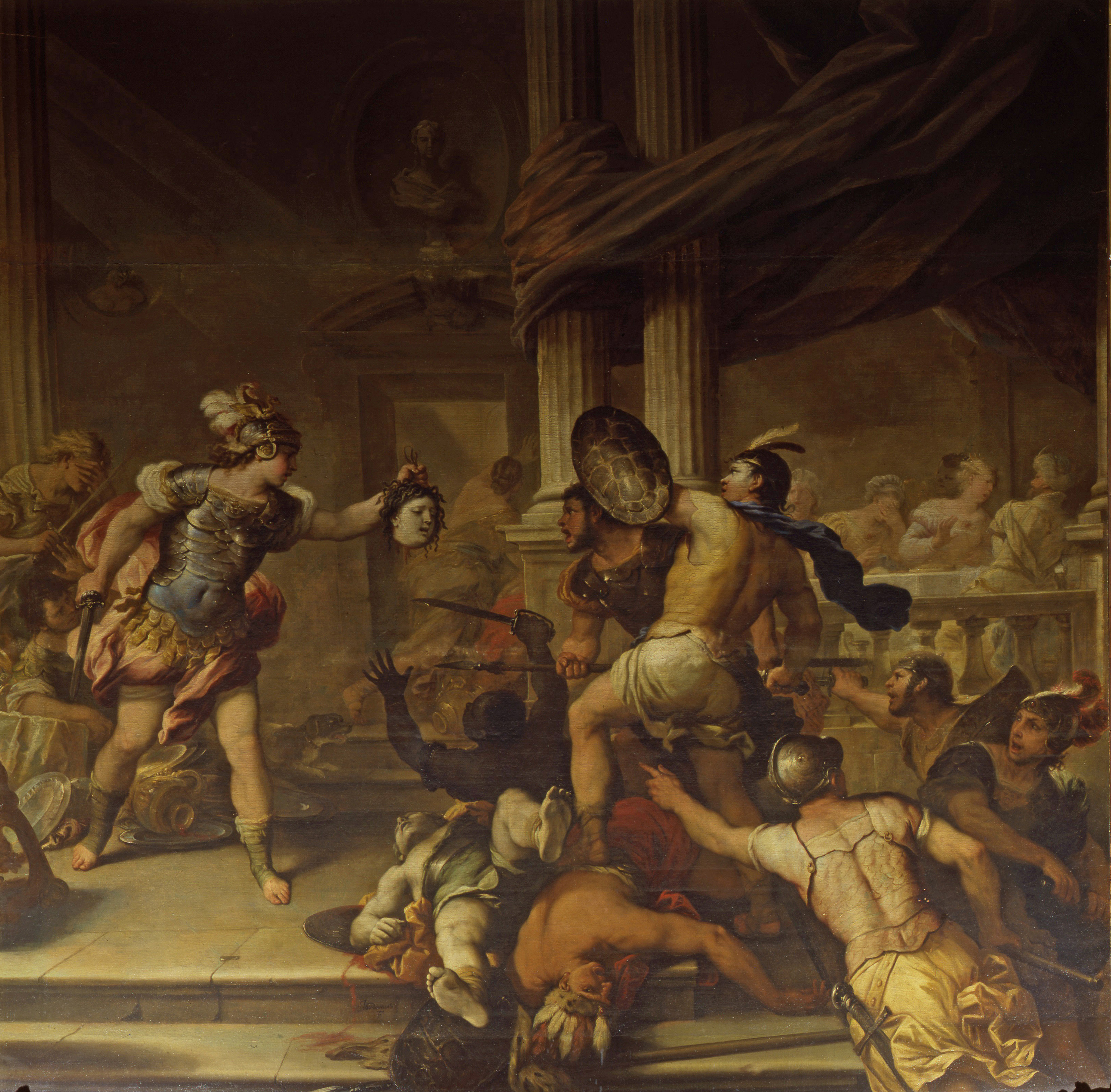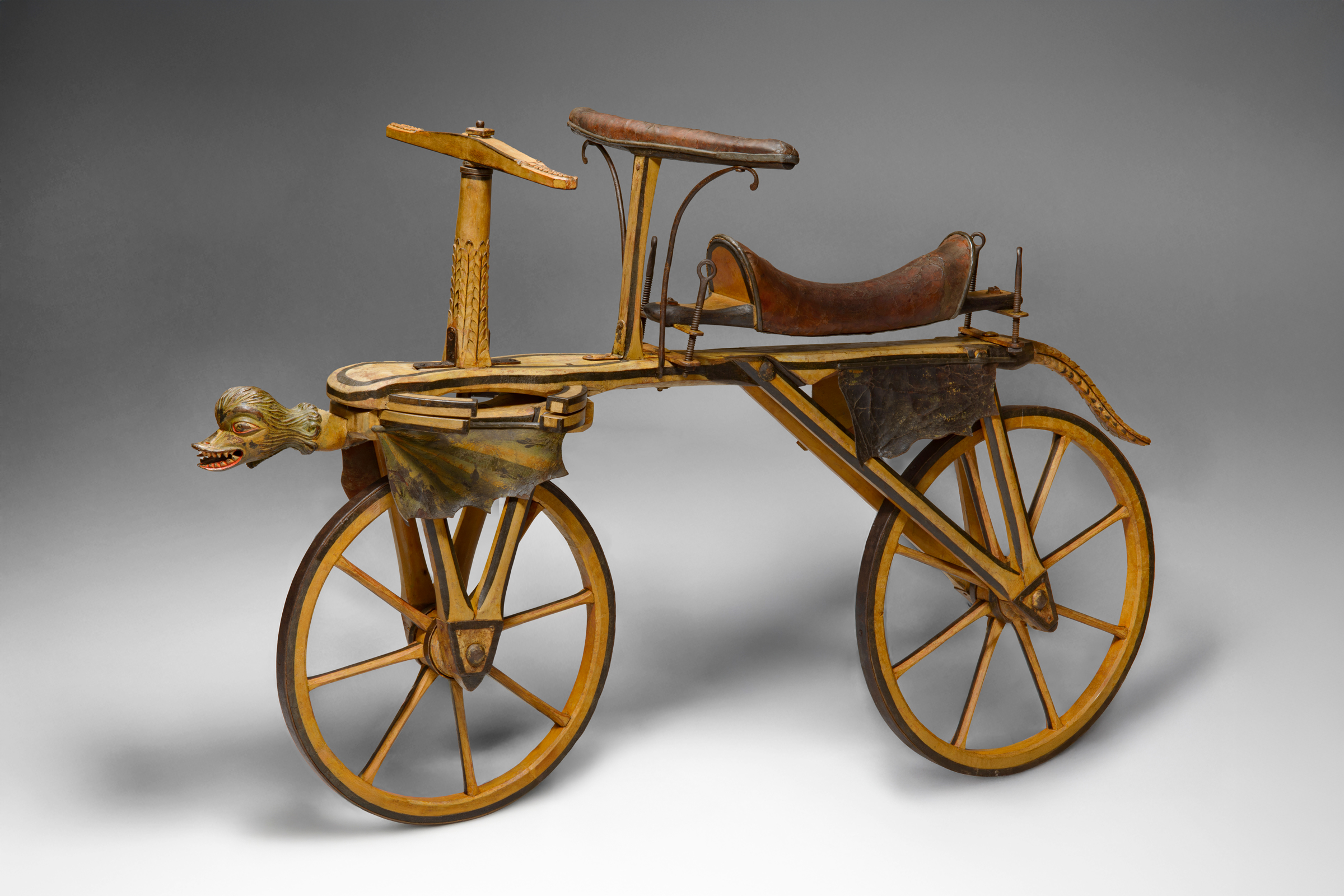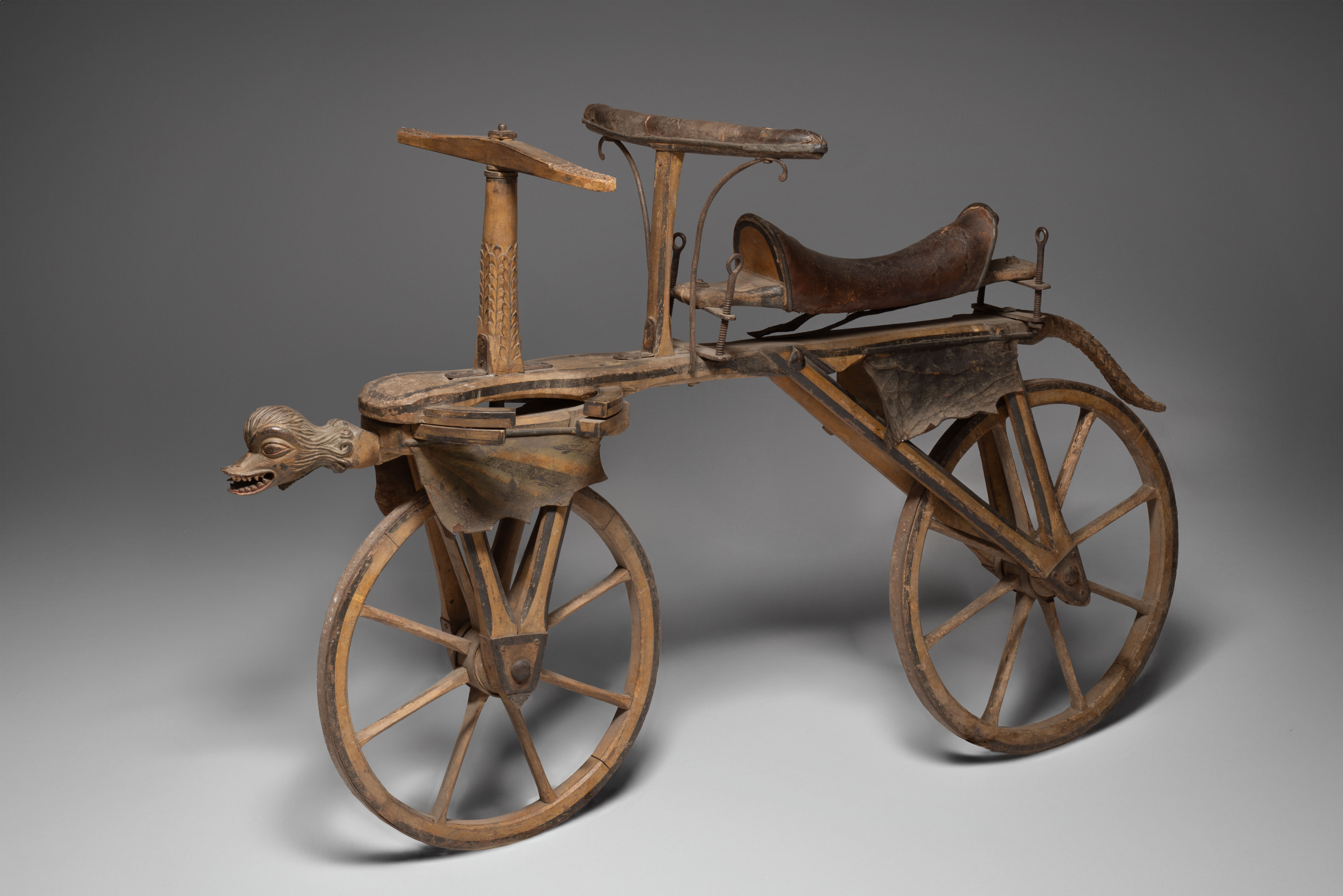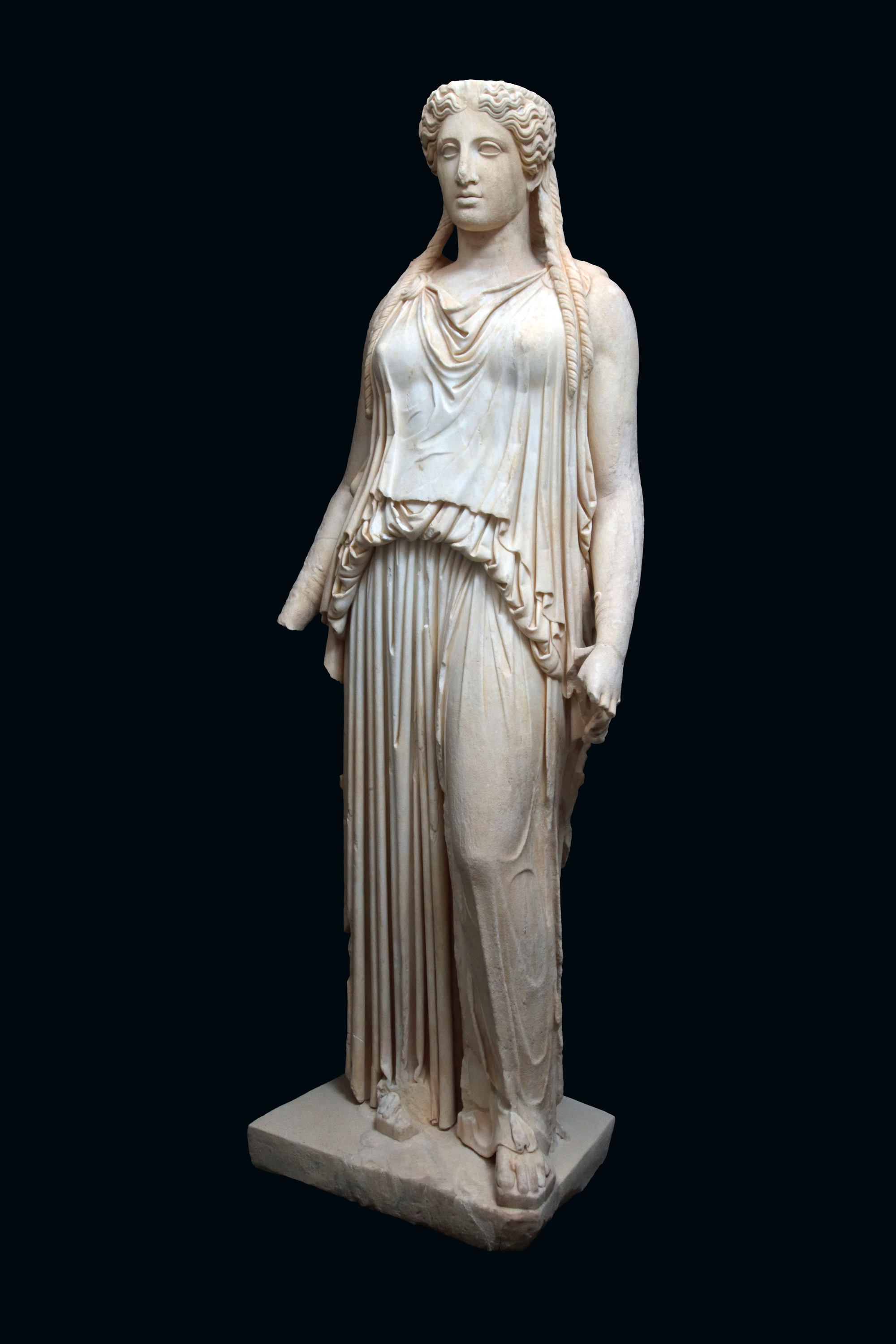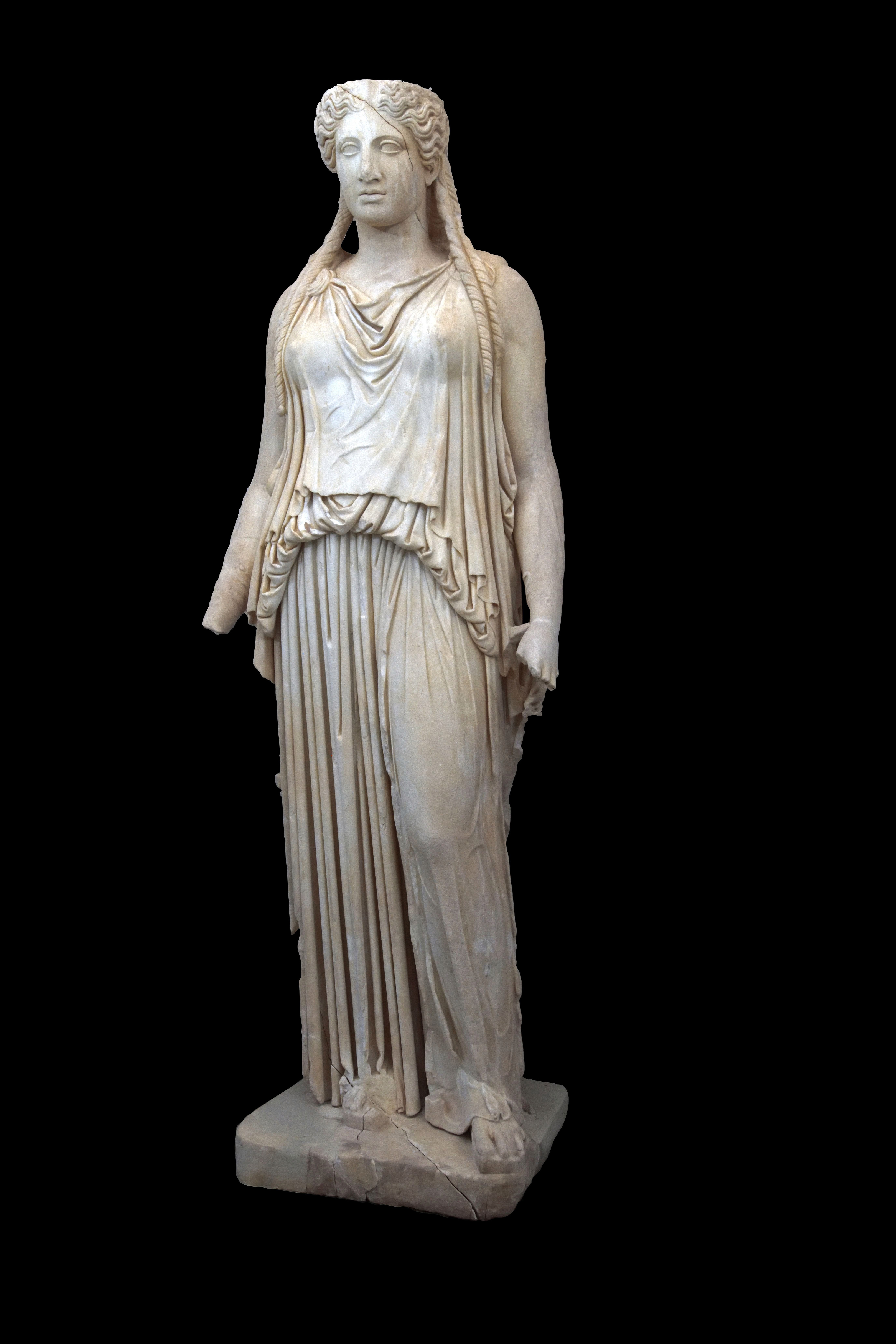Restituzioni 2025: Intesa Sanpaolo for Italy’s artistic heritage
27 October 2025
Intesa Sanpaolo reaffirms its commitment to protecting and promotig Italy’s artistic heritage with Restituzioni 2025, an exhibition featuring works restored for the 20th edition of Restituzioni, a triennial programme developed in collaboration with the Ministry of Culture.
Restituzioni is Intesa Sanpaolo’s programme dedicated to safeguarding Italy’s artistic heritage. Active since 1989, it has supported the restoration of over 2,200 works from hundreds of museums, churches, archaeological sites and public collections across the country, returning them to the community.
The programme focuses not only on works by renowned artists, but also on lesser-known pieces that are deeply tied to local cultural identity.
The 20th edition has involved the restoration of 128 works, 117 of which are on display in Restituzioni 2025 at Palazzo Esposizioni Roma from 28 October 2025 to 18 January 2026. The works were selected by Intesa Sanpaolo together with 51 supervisory bodies (Superintendencies, Regional Museum Directorates and Autonomous Museums) and belong to 67 different institutions — including public and diocesan museums, churches, places of worship and archaeological sites.
The exhibition, held under the High Patronage of the President of the Republic, is produced and organised by Intesa Sanpaolo in collaboration with Azienda Speciale Palaexpo. The scientific curation is by Giorgio Bonsanti, Carla Di Francesco and Carlo Bertelli as curator emeritus.
Restituzioni 2025: Highlights from the exhibition
Among the highlights are masterpieces by Giovanni Bellini, Giulio Romano, Battistello Caracciolo, Luca Giordano, Mario Sironi and Pino Pascali — alongside objects that reflect the extraordinary variety of Italy’s heritage, such as:
- a 19th-century draisine from Gallarate (VA), a forerunner of the bicycle
- a samurai bow and Siamese boat from the Castle of Agliè (TO)
- Charleston dresses and sacred vestments made of hummingbird feathers from Rome
- a planetarium machine from the Museum of Science and Technology in Milan
Some monumental restorations are not present in the exhibition due to their size or immovability — such as the medieval frescoes of Castelseprio (VA) and Antonio Canova’s colossal Horse.
This 20th edition also featured an international collaboration between Italy and Belgium, with the Institut Royal du Patrimoine Artistique (IRPA) in Brussels contributing to the restoration of the Retable of the Adoration of the Magi from the Milanese church of Santi Apostoli e Nazaro Maggiore.
In this video you can follow some stages of the work that involved 60 restoration laboratories and dozens of conservation scientists engaged in diagnostic analysis:
Promoting local identity
The selection of works follows a single guiding principle: to respond to the needs of local communities by prioritising urgent restoration needs, thereby enhancing the identity of each region.
Restituzioni allows for the recovery of works that reflect the diversity of Italy’s artistic heritage, both in terms of period and of the materials and techniques employed.
At the end of each edition, the restored works are brought together in an exhibition organised by Intesa Sanpaolo, where the public can appreciate the results of the conservation process.
Intesa Sanpaolo and culture
Alongside Restituzioni, Intesa Sanpaolo demonstrates its commitment to culture through the national and international promotion of its own vast and prestigious historical, artistic, architectural and archival heritage.
This is particularly evident at the Gallerie d’Italia museums in Milan, Naples, Turin and Vicenza, where the Bank organises exhibitions, educational activities and collaborations with national and international institutions — with the aim of sharing this heritage with the wider public.
Head of a young athlete, Gallerie Nazionali di Arte Antica (MiC), Galleria Corsini (photo by Mauro Coen)
Female head (Athena?), Gallerie Nazionali di Arte Antica (MiC), Galleria Corsini (photo by Mauro Coen)
Courtesy of Gallerie Nazionali di Arte Antica (MiC) / photo by Mauro Coen
1 e 2
Luca Giordano
Lotta tra Perseo e Fineo, 1680 circa
olio su tela
375x366 cm
Genova, Musei Nazionali, Palazzo Reale
Creditline: Genova, Musei Nazionali, Palazzo Reale
Copyright: © MiC - Musei Nazionali di Genova - Palazzo Reale
Crediti fotografici: Pre restauro: Copyright Foto Luigi Parma, Post restauro: Copyright Foto Mauro Ranzani
3 e 4
Autore ignoto
Laufmaschine (macchina per correre) o Draisina inventata da Karl Drais von Sauerbronn a Karlsruhe, prima metà del XIX secolo
legno dipinto con parti scolpite a testa e coda di drago (struttura); cuoio dipinto (sella, reggi-pancia e alette); metallo (elementi strutturali)
98,5x171x53,5 max cm
Gallarate (Varese), Museo archeologico-storico-artistico della Società Gallaratese per gli Studi Patri
Creditline
Gallarate (Varese), Società Gallaratese per gli Studi Patri
Crediti fotografici: Pre e post restauro: Copyright: Fotodarte di Giuseppe e Luciano Malcangi
5 e 6
Cariatide, età adrianea (117-138 d.C.)
scultura in marmo pentelico
h. 216 cm, 63x52 cm (base)
Tivoli (Roma), Villa Adriana e Villa d'Este, Villa Adriana, Mouseia
Creditline
Tivoli (Roma), istituto autonomo Villa Adriana e Villa dEste – Villae
Copyright:
© Villa Adriana e Villa d'Este, Tivoli - MiC
Crediti fotografici: Pre e post restauro: Copyright Foto Quirino Berti
Last updated 27 October 2025 at 14:56:40
